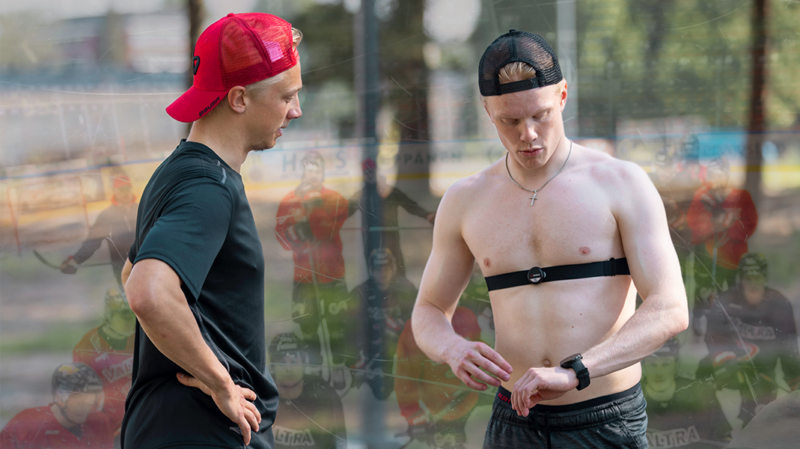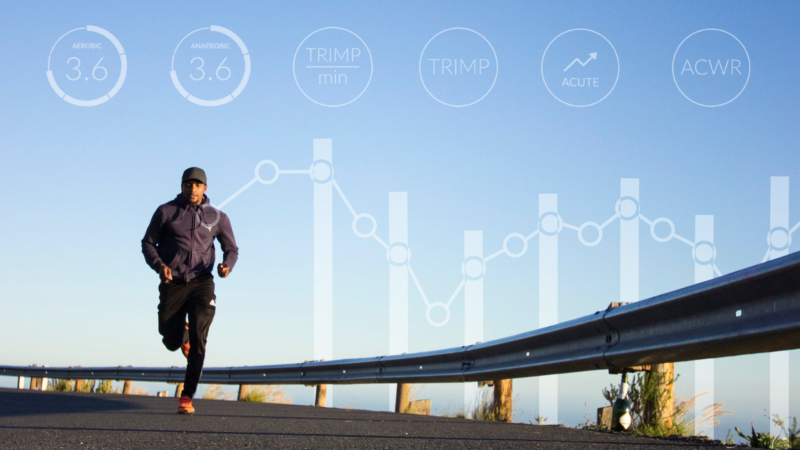
At Firstbeat Sports, we analyzed over 4 million measurements to compare the time athletes spend in each heart rate zone across various sports. The findings reveal intriguing patterns that highlight the unique demands of different sports and the physiological adaptations they require.
Heart Rate Zones: The Basics
Heart rate zones are a key indicator of the energy systems that athletes utilize during exercise. These zones range from Zone 1 (50-60% of maximum heart rate) to Zone 5 (90-100% of maximum heart rate). Each zone reflects a different level of exertion, from light, aerobic activities to high-intensity efforts that push the limits of an athlete’s cardiorespiratory system.
View this post on Instagram
Sport-Specific Heart Rate Zone Engagement
Our data analysis reveals distinct differences in how athletes from various sports spend their time across these heart rate zones.
High-Intensity Training Leaders: Rugby and Basketball
Rugby and basketball players stand out for their significant time spent in high-intensity zones (Zones 4 and 5). These athletes typically spend 15-30 minutes in Zone 5 during games, which is crucial for enhancing cardiorespiratory fitness and improving their ability to perform repeated sprints.
In fact, rugby players spend nearly 40% of match time in high-intensity zones, indicating the extreme demands of the sport, among the highest in team sports.
Endurance-Like Training: Baseball
In contrast, baseball players exhibit training patterns more similar to endurance athletes, with a focus on Zones 1 and 2. These lower-intensity zones are essential for recovery and building a solid aerobic base, which contributes to better performance longevity. This approach reflects the sport’s emphasis on endurance and sustained effort over time, rather than short bursts of intense activity.
What These Findings Mean for Athletes and Coaches
By tailoring training to the specific demands of each sport, coaches can better prepare their athletes for the physiological challenges they will face in competition.
Be sure to follow us on Instagram to keep up to date with all our latest big data findings. Follow us here.
If you liked this article, you should subscribe to our newsletter.
You might also be interested in

Firstbeat Featured in Sky’s Heart Rate Challenge
Firstbeat was recently featured in Sky’s Heart Rate Challenge, where drivers Lewis Hamilton and George Russell, along with Mercedes team principal Toto Wolff, competed to see who could push the…

Time Spent in Different Heart Rate Zones in Ice Hockey
Using data from our Firstbeat big database, we’ve analyzed the time ice hockey players spend in various heart rate zones, with a focus on how this differs by age. Higher…

Firstbeat Heart Rate Sensors with Straps vs Heart Rate Sensors with Vests – What’s the Difference?
Heart rate data forms the basis of multiple performance metrics used in professional sports. These metrics support decision-making and facilitate effective athlete and team performance management. Key metrics that rely…